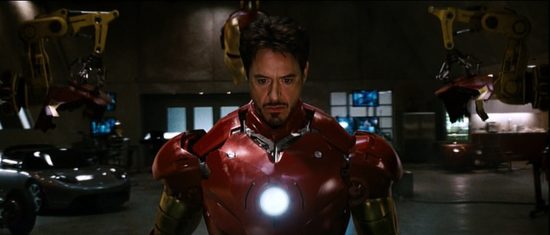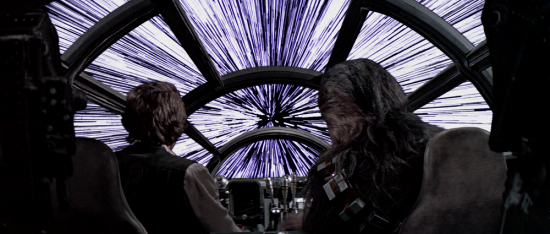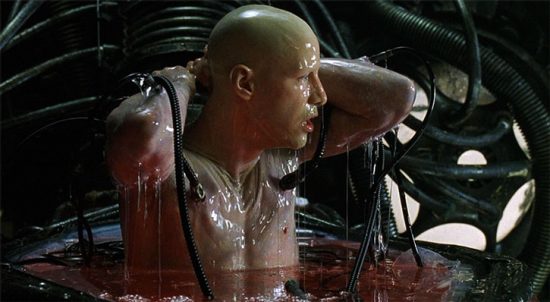5 Movies That Explore The Future Of Technology
Cinema lets us visit impossible places, see amazing things and live the kind of lives we can only dream of. For tech-heads, that usually means seeing what writers, directors and visual artists have conjured up to represent the kinds of devices and systems that could one day become a reality.
Here’s a quick look at a quintet of movies that go further than most in terms of exploring the future of technology.
Iron Man
Robert Downey Jr’s reign as Tony Stark may have finally come to an end, but back in 2008 when the first Iron Man movie hit theatres his role as billionaire-turned-superhero really blew audiences away, and for good reason.
From the incredible modular suits to the palm-based propulsion systems, Iron Man is the epitome of what most mega-moguls aspire to create; one look at a product launch from Elon Musk is enough to show how true this is.
Pacific Rim
Guillermo del Toro’s over-the-top mega-robot movie is a delightful blast of melodramatic mayhem, with its human-controlled robotic titans taking on terrors from another dimension in a stunning oceanic setting. It also provides an intriguing look at the symbiosis between human and machine, with the pilots of the Jaegers offering up their minds to work together and control something unfathomably complex.
This is a piece of future-tech that is already being developed, with brain-based manipulation of robotic limbs already achievable. We are still a long way from being able to unleash true hybrid multitasking, using our minds to manage physical hardware while we also get on with other things, like playing games on an online casino site or preparing dinner. Even so, the ideas examined in Pacific Rim seem less outlandish than ever.
Star Wars
There are plenty of technological titbits to pick up on in Star Wars, from the thrumming plasma blades of lightsabres to the planet-destroying power of the Death Star. But arguably the most interesting aspect of the film, from a tech perspective, is the faster-than-light travel that is possible.
From smaller vessels like the Millennium Falcon to entire fleets of hulking starships, being able to exceed the speed of light by zipping through hyperspace is a neat trick and one which is arguably the only thing that will make colonisation of the galaxy possible for humanity.
There are a whole heap of reasons why our current understanding of physics prohibits the possibility of travelling faster than light, but that doesn’t stop people from trying to work out how this could be possible in the Star Wars universe.
The Matrix
Sure, the Terminator franchise dealt with the idea of sentient machines taking over the world well before The Matrix was released, but the extra layers added in the Wachowski’s sci-fi classic arguably make it both more realistic and more interesting.
Take, for example, the idea that humans could be used as batteries in the event of no other power source being available. This is something that scientists are already looking into, both as a means of charging up portable gadgets on the go and as a potential benefit in the case of achieving deep space travel where long periods of low power hibernation are necessary.
Existenz
Released the same year as The Matrix but taking a much more visceral, biological approach to exploring the future of technology, David Cronenberg’s characteristically bizarre sci-fi horror film Existenz blends VR videogame with body horror elements to great effect.
The plot revolves around an era in which games consoles are literally plumbed into people’s bodies with almost umbilical precision, allowing for immersive experiences that are a little too closely connected to the players themselves.
With VR only just managing to return to relevance at the moment, even if modern devices are still imperfect, this movie suggests that perhaps we will need to offer up direct links with our sensory organs to actually get truly realistic gameplay.
While there is no arguing that The Matrix has left more of a cultural mark than Existenz, it might be that Cronenberg’s vision of the near future is more plausible, or at least it looks it two decades after its release.














